Pulse Sensor Heart Rate Sensor
Pulse Sensor Heart Rate Sensor is very simple. The sensor has two sides, on one side the LED is placed along with an ambient light sensor and on the other side we have some circuitry. This circuitry is responsible for the amplification and noise cancellation work. The LED on the front side of the sensor is placed over a vein in our human body. This can either be your Finger tip or you ear tips, but it should be placed directly on top of a vein.
Now the LED emits light which will fall on the vein directly. The veins will have blood flow inside them only when the heart is pumping, so if we monitor the flow of blood we can monitor the heart beats as well. If the flow of blood is detected then the ambient light sensor will pick up more light since they will be reflect ted by the blood, this minor change in received light is analyzed over time to determine our heart beats.
Features
- Biometric Pulse Rate or Heart Rate detecting sensor
- Plug and Play type sensor
- Operating Voltage: +5V or +3.3V
- Current Consumption: 4mA
- Inbuilt Amplification and Noise cancellation circuit.
- Diameter: 0.625
- Thickness: 0.125 Thick
Warning: This sensor is not medical or FDA approved. It is purely intended for hobby projects/demos and should not be use for health critical applications.
Pin Configuration
|
Pin Number |
Pin Name |
Wire Color |
Description |
|
1 |
Ground |
Black |
Connected to the ground of the system |
|
2 |
VCC |
Red |
Connect to +5V or +3.3V supply voltage |
|
3 |
Signal |
Purple |
Pulsating output signal. |
Applications
- Sleep Tracking
- Anxiety monitoring
- Remote patient monitoring/alarm system
- Health bands
- Advanced gaming consoles


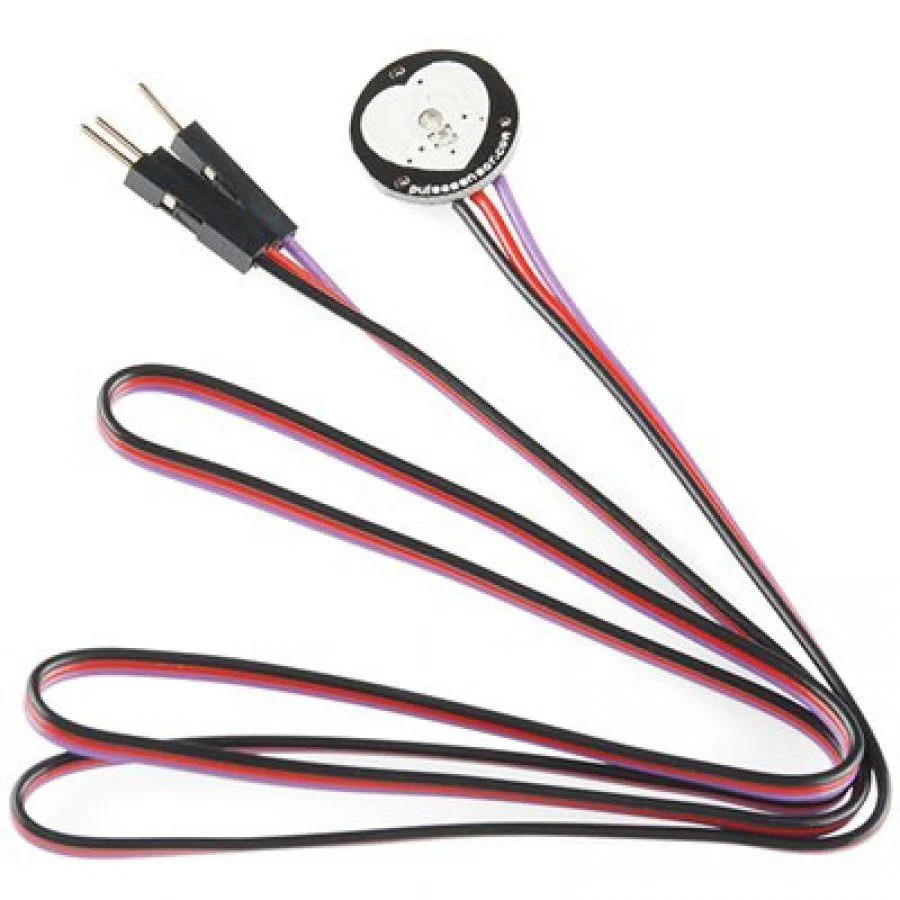

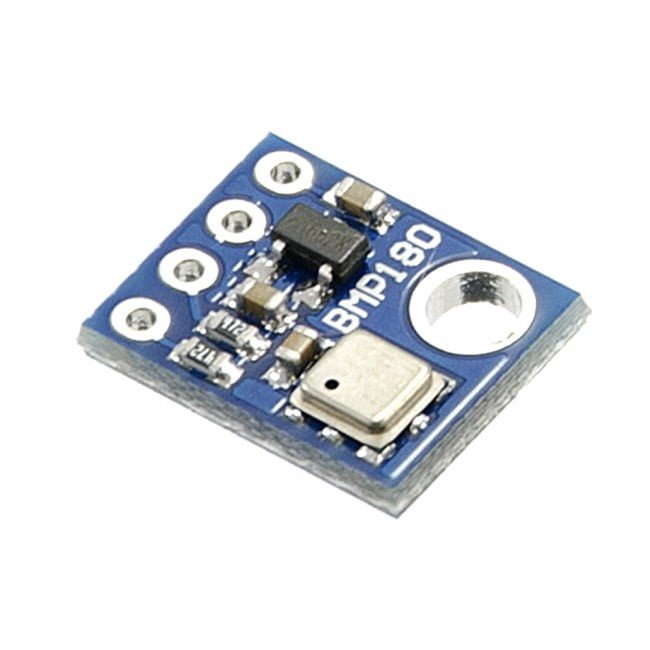

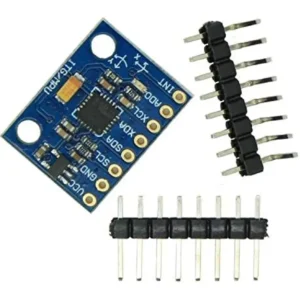
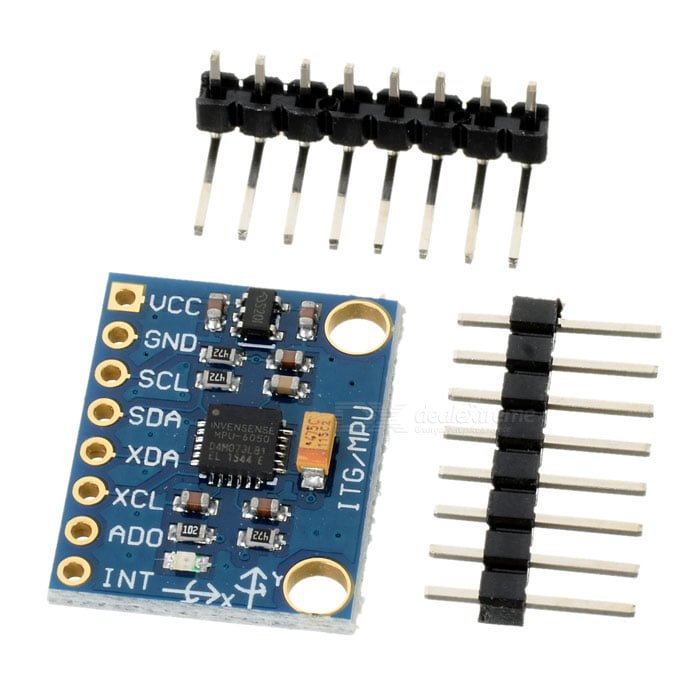



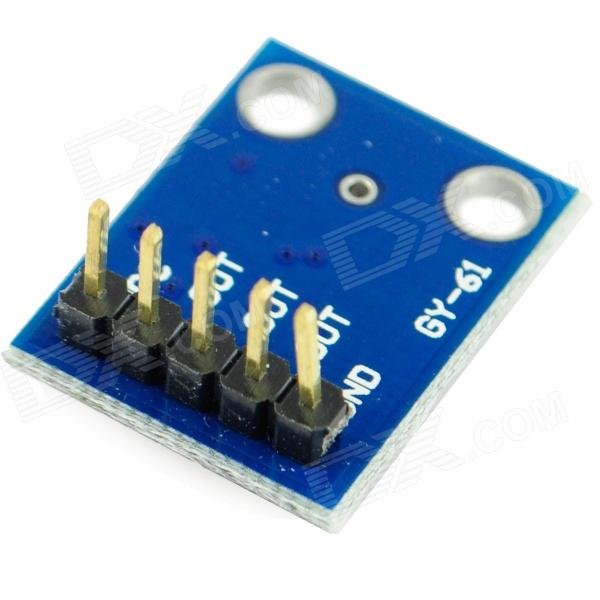
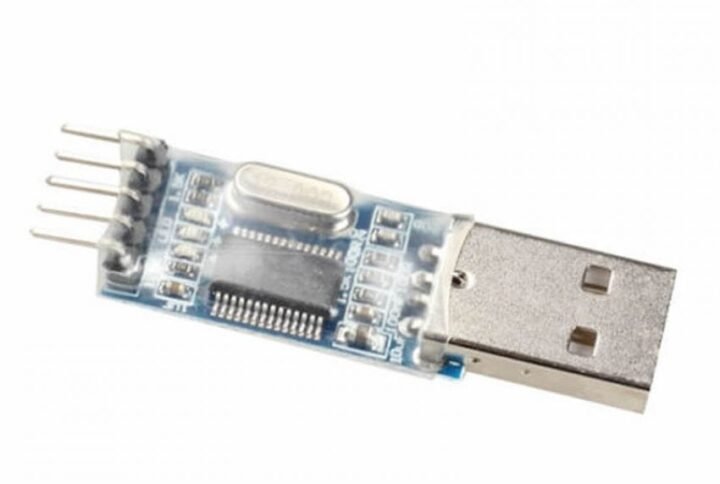

Reviews
There are no reviews yet.